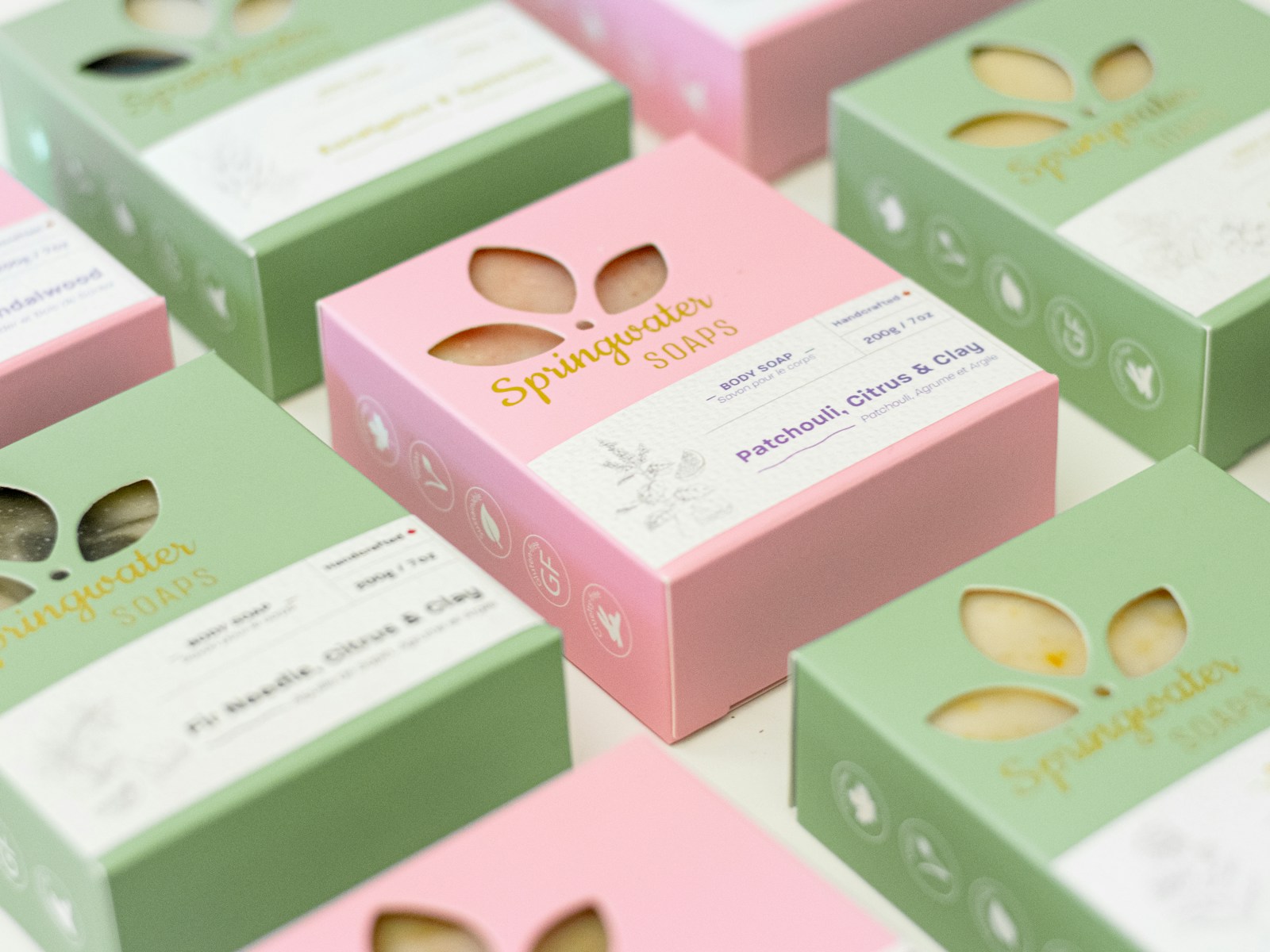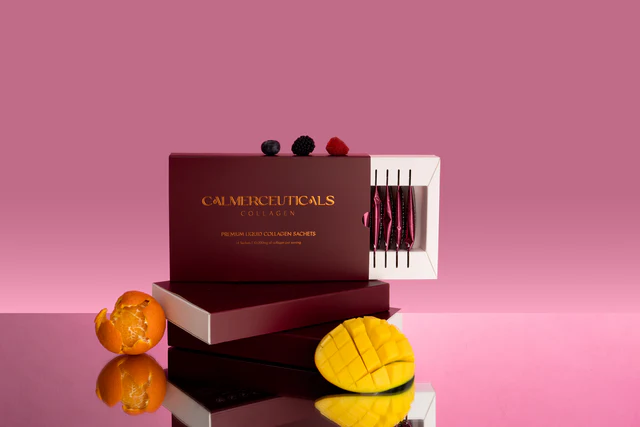In today’s world, sustainability is not just a buzzword; it’s an essential criterion for consumers who are becoming increasingly conscious of their purchasing choices. The beauty industry, known for its glitz and glamour, is under pressure to meet these expectations. In this article, we will explore the sustainability efforts within the beauty sector, dissecting the initiatives and transformations being touted as eco-friendly to see if they hold up under scrutiny.
The Rise of Conscious Beauty Consumers
The demand for sustainable beauty products has skyrocketed as consumers become more aware of the impact of their decisions on the planet. This surge is largely attributed to:
- Increased access to information: Social media and online platforms have made consumers more aware of environmental issues, prompting them to seek products that reflect their values.
- Demand for transparency: There is a growing expectation for brands to disclose ingredients, sourcing, and production processes.
- Desire for ethical choices: Movements like veganism and cruelty-free certifications are influencing beauty purchases.

Understanding the Beauty Sustainability Scorecard
The Beauty Sustainability Scorecard is an innovative tool developed to help both consumers and industry insiders assess the environmental impact of beauty companies. This scorecard evaluates brands based on a range of criteria, including:
- Environmental policies: The existence and implementation of policies addressing environmental concerns.
- Resource management: How efficiently brands use natural resources during production.
- Packaging and waste reduction: Efforts made to minimize waste and use sustainable packaging materials.
- Social impact: Contributions to community welfare and fair labour practices.
This comprehensive approach aims to provide a transparent view of a brand’s commitment to sustainability.
Decoding Beauty Brand Claims
As the demand for eco-friendly products increases, many brands have responded with claims of sustainability. However, it is crucial to differentiate between genuine efforts and greenwashing. Here’s how consumers can navigate those claims:
1. Certifications Matter
- Look for credible certifications such as EcoCert, USDA Organic, or Leaping Bunny.
- These certifications often have stringent criteria, indicating a brand’s transparency and commitment to ethical practices.
2. Ingredient Transparency
- Choose brands that provide detailed ingredient lists.
- Avoid products with vague terms like “fragrance,” which could hide harmful components.
3. Packaging Initiatives
- Brands switching to recyclable or biodegradable materials are generally more committed to reducing their environmental footprint.
- Look for companies offering refill stations to reduce plastic waste.
Empowering Women’s Health: The Rise of Female-Centric Food and Beverage Market

Notable Success Stories and Pioneers
Several beauty brands have successfully embedded sustainability into their business models, setting a high bar for others in the industry:
1. Lush Cosmetics
- Lush is famous for its “naked” packaging—products sold with minimal packaging.
- They emphasize fair-trade ingredients and ethical buying.
2. The Body Shop
- The company has a long history of environmental activism and was a pioneer of the fair-trade movement.
- Their “Enrich Not Exploit” commitment focuses on community trade, renewable energy, and reducing environmental impact.
3. Aveda
- Aveda commits to 100% post-consumer recycled plastic in product packaging.
- They excel in renewable energy use and responsible sourcing of botanicals.
The Road Ahead for Sustainable Beauty
The journey towards sustainability in the beauty industry is ongoing, with numerous challenges and opportunities:
Challenges
- Regulatory inconsistencies: Different regions have varied regulations on sustainability, causing confusion and compliance issues.
- Cost and resource barriers: Smaller brands often struggle with the costs associated with sustainable ingredients and production processes.
Opportunities
- Technological advancements: Innovations in green chemistry and sustainable materials can revolutionize product formulations.
- Collaborations and partnerships: Industry-wide collaborations can amplify efforts and share resources for a greater impact.
Empowering Consumers to Make Sustainable Choices
Ultimately, consumers hold significant power in shaping the future of beauty. Every purchase can be a vote for sustainability:
- Research: Stay informed about the impact of beauty products and the credibility of sustainability claims.
- Support: Choose brands that align with eco-friendly values and practices.
- Advocate: Encourage brands to prioritize sustainability through social media, feedback, and by requesting product information.
The transformation of the beauty industry into a truly sustainable sector requires collective effort. By staying informed and making conscientious decisions, consumers can drive change and support a healthier planet. Let us continue to unveil the truth and promote transparency within the beauty industry for a green and glorious future.













